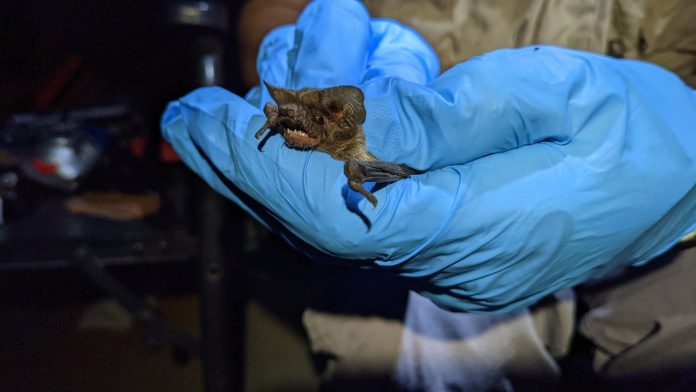Transcript:
Some people get spooked by bats. But LaRoy Brandt of Lincoln Memorial University in Tennessee says these underappreciated critters improve people’s lives.
Brandt: “Bats eat so many insects.”
So they help control mosquitoes. And on farms, they help reduce pests, pollinate crops, and spread seeds.
But many bat species are in trouble. A disease called white-nose syndrome has killed large numbers.
And Brandt says that as the climate changes, warmer winters could disturb their hibernation.
Brandt: “Are the bats going to become more active? Are they going to stay out longer in the fall? … Are they coming out sooner in the springtime?”
And if they do, will they be able to find enough food?
To study how warming is likely to affect bats in his region, Brandt uses acoustic recorders to detect the sound waves bats use for echolocation.
The data reveals when various species are up and foraging for food.
The project is in its fourth year of 10 or more. But already, Brandt has found that some species are active when temperatures rise just a bit above freezing, which he did not expect.
It suggests that as winters warm and those thresholds are crossed more often, some bats may emerge earlier and more frequently, which could further stress these vulnerable animals.
Reporting credit: Sarah Kennedy / ChavoBart Digital Media






